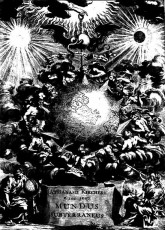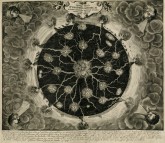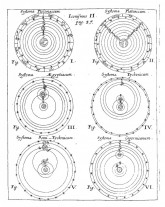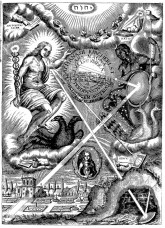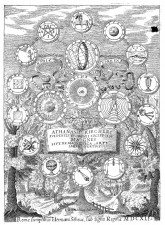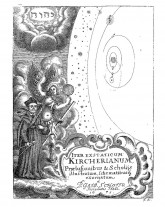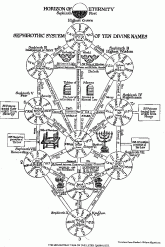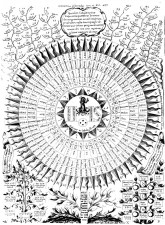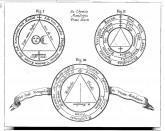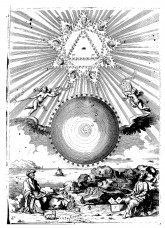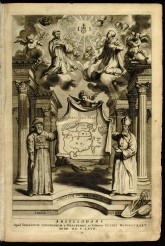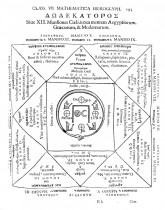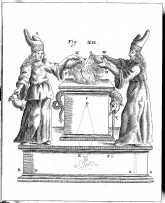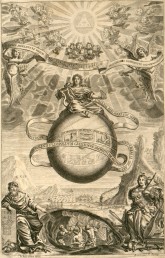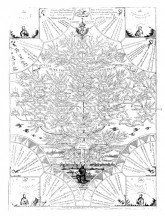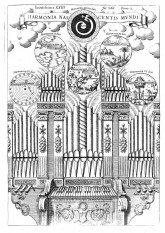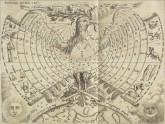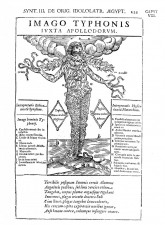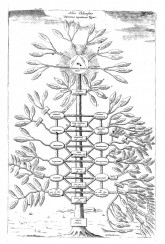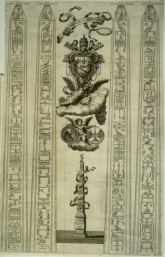Who was Athanasius Kircher?
During his lifetime, the Jesuit polymath Athanasius Kircher (1602-1680) was widely regarded as the physical embodiment of all the learning of his age. A refugee from war-torn Germany, Kircher arrived in Rome just after Galileo’s condemnation, where he was heralded as possessing the secret of deciphering hieroglyphics. He wrote over thirty separate works dealing with subjects ranging from optics to music, from Egyptology to magnetism. He invented a universal language scheme, attacked the possibility of alchemical transmutation and devised a host of remarkable pneumatic, hydraulic, catoptric and magnetic machines, which he displayed to visitors to his famous museum, housed in the Jesuit Collegio Romano. His books, lavishly illustrated volumes destined for Baroque princes with a love of the curious and exotic, are permeated with a strong element of the Hermetic philosophy of the Renaissance, synthesized with the Christianized Aristotelianism of the Jesuit order to which Kircher belonged.

